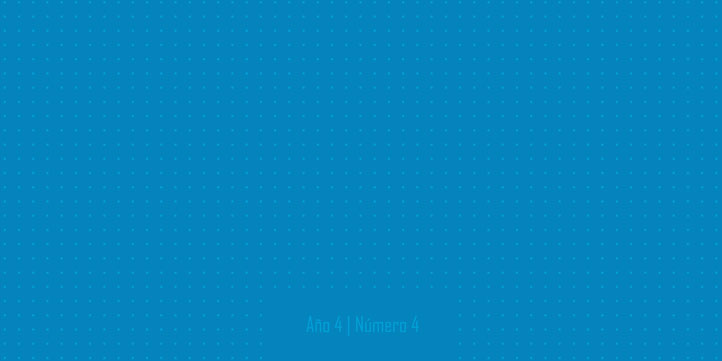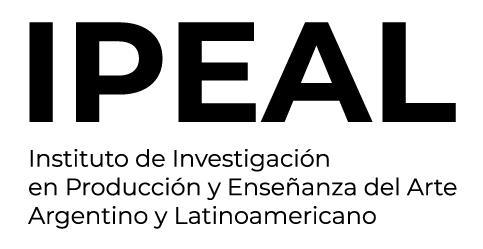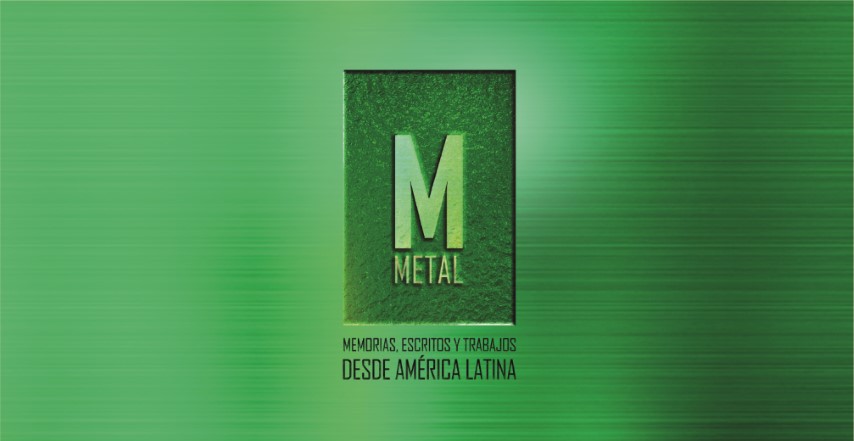Foto Estudio Ibis. About Village Photography
DOI:
https://doi.org/10.24215/24516643e007Abstract
In the following article I propose analyzingthe project Foto Estudio Ibis, carried outby Gustavo Frittegotto based on thehomonymous photo studio that worked inArequito (Santa Fe) from the 1930s to 2002.In relation to its archive and Frittegotto’sactions I raise questions about the recoveryof photographic archives registered in smallcommunities and the artistic character ofthese actions.References
Aira, C. (2006). La cena. Rosario, Argentina: Beatriz Viterbo Editora.
Berger, J. (2015). Para entender la fotografía. Barcelona, España: Gustavo Gili.
Giunta, A. (2016). Todas las partes del mundo. En A. Pérez Rubio, Verboamérica.
Colección Malba (pp. 55-123) Buenos Aires, Argentina: Museo de Arte Latinoamericano de Buenos Aires, Fundación F. Costantini.
Príamo, L. A. (1987). Fernando Paillet. Fotografías de Esperanza y la pampa gringa. Buenos Aires, Argentina: Ediciones de la Antorcha.
Ranciere, J. (2010). El espectador emancipado. Buenos Aires, Argentina: Manantial.
Downloads
Published
How to Cite
Issue
Section
License
The acceptance of the manuscript by the magazine means the non-exclusive cession of the property rights of the authors in favour of the editor, who allows the reuse, after publication (post print), under a license Attribution-NonCommercial-NoDerivatives 4.0 International.
According to these terms, the material can be copied and redistributed by any means or in any format as long as a) the author and original source of the publication are quoted (magazine and URL of the work), access to the license is provided and whether changes have been made is mentioned; and b) the material is not used for commercial purposes.
The cession of non-exclusive rights means that after the publication (post print) in Metal the authors can publish their work in any language, means and format; in such cases it must be mentioned that the material was originally published in this magazine. Such cession also means the authorization of the authors for the work to be collected by SEDICI, the institutional archive of the Universidad Nacional de La Plata, and to be spread in the databases that the editorial team considers appropriate to increase the visibility of the publication and its authors.
Moreover, the magazine encourages the authors to deposit their productions in other institutional and thematic archives under the principle that offering the society the scientific and academic production without any restrictions contributes to a greater exchange of the global knowledge.



























